Travel to Biltmore Estate – Asheville, North Carolina
Biltmore House officially opened on Christmas Eve 1895 to family and friends after five years of construction. Three years later, George Vanderbilt married Edith Stuyvesant Dresserand and brought his new wife to his home. They had one child, Cornelia, who was born in 1900.
George Vanderbilt died in 1914 and Edith took over the affairs of the estate. She remarried in 1924 to the Honorable John Francis Amherst Cecil and continued to live in the house until 1930. If you are interested, you can read more about the history of the home and the Vanderbilt family here.
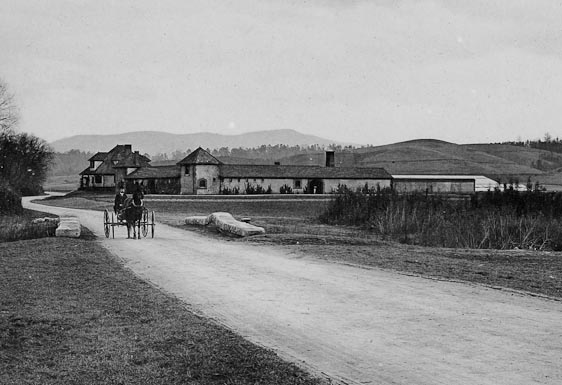
* The Market Garden – originally for the Vanderbilt family, it turned commercial because of its success
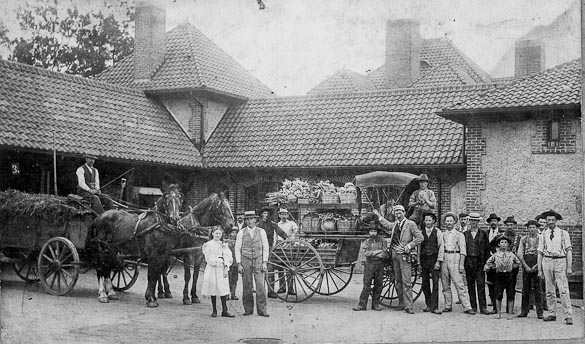
* Market Garden and Crew
During the Great Depression, it was requested that the home be opened to the public to increase tourism in the area and bring in much needed revenue. The family agreed and in 1930, Biltmore House opened its doors to the public. To this day, the home and property remain in the family. The grandson, William A.V. Cecil, owns Biltmore. Together with his son, William A. V. Cecil, Jr. (Chief Executive Officer) and daughter, Diana Cecil Pickering (Vice Chair of the Board of Directors and Advisors), along with over 1,700 employees, Biltmore remains much as it was 100 years ago and contains most of the family’s original furnishings, art, and antiques.
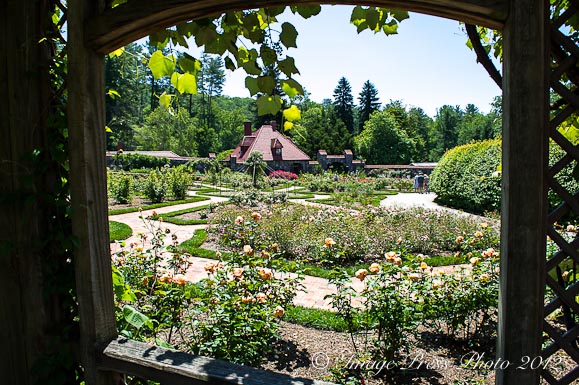
View of the gardens

The sunflowers are planted as a buffer in the wildlife area
Biltmore estate does not receive government grants or funds to maintain the property. As one of the United States’ most important National Historic Landmarks, it is supported entirely by private funding. The mission of Biltmore is to preserve and maintain the home, gardens, land, and other structures on the property with the monies it receives through donations and tourism. It is quite an undertaking to maintain and staff this large operation, as we witnessed while touring the entire property during our recent visits. As William Cecil said, “We don’t preserve Biltmore to make a profit, we make a profit to preserve Biltmore.”
As with many industrialists from this era, much of the money the Vanderbilt family earned has gone back to the people. “We believe strongly in the heritage of philanthropic giving. Biltmore’s corporate philanthropic efforts align with the legacy of self-sufficiency, stewardship of our natural and human resources, protection of the integrity of our mountains, and commitment to ensuring our community remains a model for living well and living purposefully.”
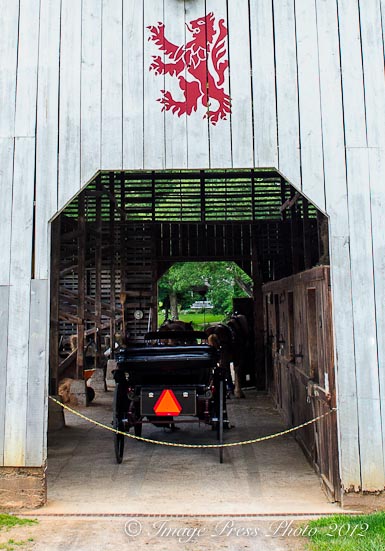
One of the barns with the Cecil crest
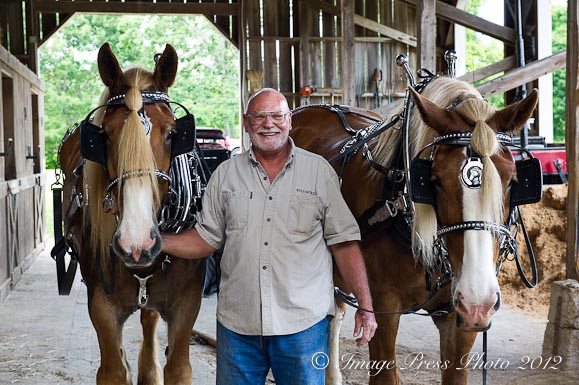
Take a carriage ride or go horseback riding through the property


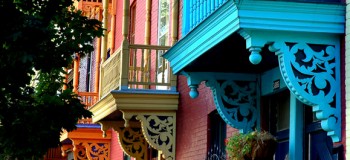



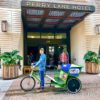

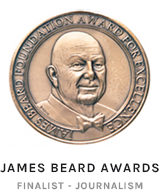

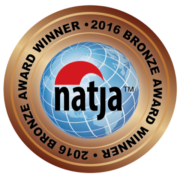





Oh, how I love Asheville! My husband and I travel there every fall for our anniversary, but we’ve never been to Biltmore. It looks incredible!
Hi Caroline,
You really need to take a day and visit Biltmore. The home and grounds are beautiful and there is so much to do while on the estate. Fall is the perfect time to visit, so I hope you make it there this year.
Gwen
Such a great place to visit. I think I’ve been there at least five or six times, and am always happy to go back again. I’ve read biographies of various members of the Vanderbilt family, as well, just because I love history so much.
We found buying a membership there to be an excellent value, with our family of four, and it gave us an excuse to go back twice in a year. Win/win!
Hi Susan,
I don’t think you could get bored visiting, especially with a family. If you take advantage of all of the activities, tours, and restaurants, you can fill up a day in no time. The photo opportunities are worth the visit alone.
I went one year during the Christmas holidays and loved seeing the house decorated. It was a totally different experience.
Gwen
How marvelous! Feels like I was there with you! This is what I call the real armchair travel experience until we get there one day.
wonderful and beautiful… it too had been years since we visited Biltmore, we did so a couple of months ago… I was so glad to see so many more rooms open on the tour and we took 3 private tours as well (including the Butler’s tour) that really showcased behind the scenes and opened more into the marvelous world of the estate… I too found it interesting of how much self-sufficient it is, from the food grown, the solar panel field that also houses the chickens which is supplying just about enough eggs for the many restaurants… the list goes on… Wm. Cecil has done a wonderful job in preserving the land, life and love of George’s dream.
This is the first time that I am learning of Asheville. This estate is magnificent, rich with history and a place that I will definitely visit and stay at someday. I certainly would love to see the mansion decked during the holidays.
Beautiful pictures and very nice write up to go along with it. My wife and I have been 12 month pass holders since we were married in November of 2007. We are from the Upstate of South Carolina and took our honeymoon to Asheville and visited the Biltmore House. From that moment on we were hooked, and go at least once each season. Our favorite time of the year is Fall and Christmas time. Seeing the house decked out with the thousands of Christmas lights, miles of garland, and 50+ Christmas trees will surely get anyone in the Christmas spirit. If you haven’t been during the Christmas season, it is a definite must!
I enjoyed amazing Biltmore Estate in the snow 2 days ago.
Highly Recommended!
I really like a nice photo of the biltmore estate, who can give me what you take?
Hi Jenny,
We sell our photographs for other uses. If you are interested in any of the photos, please send a message to gwen@bunkycooks.com.
Thanks.